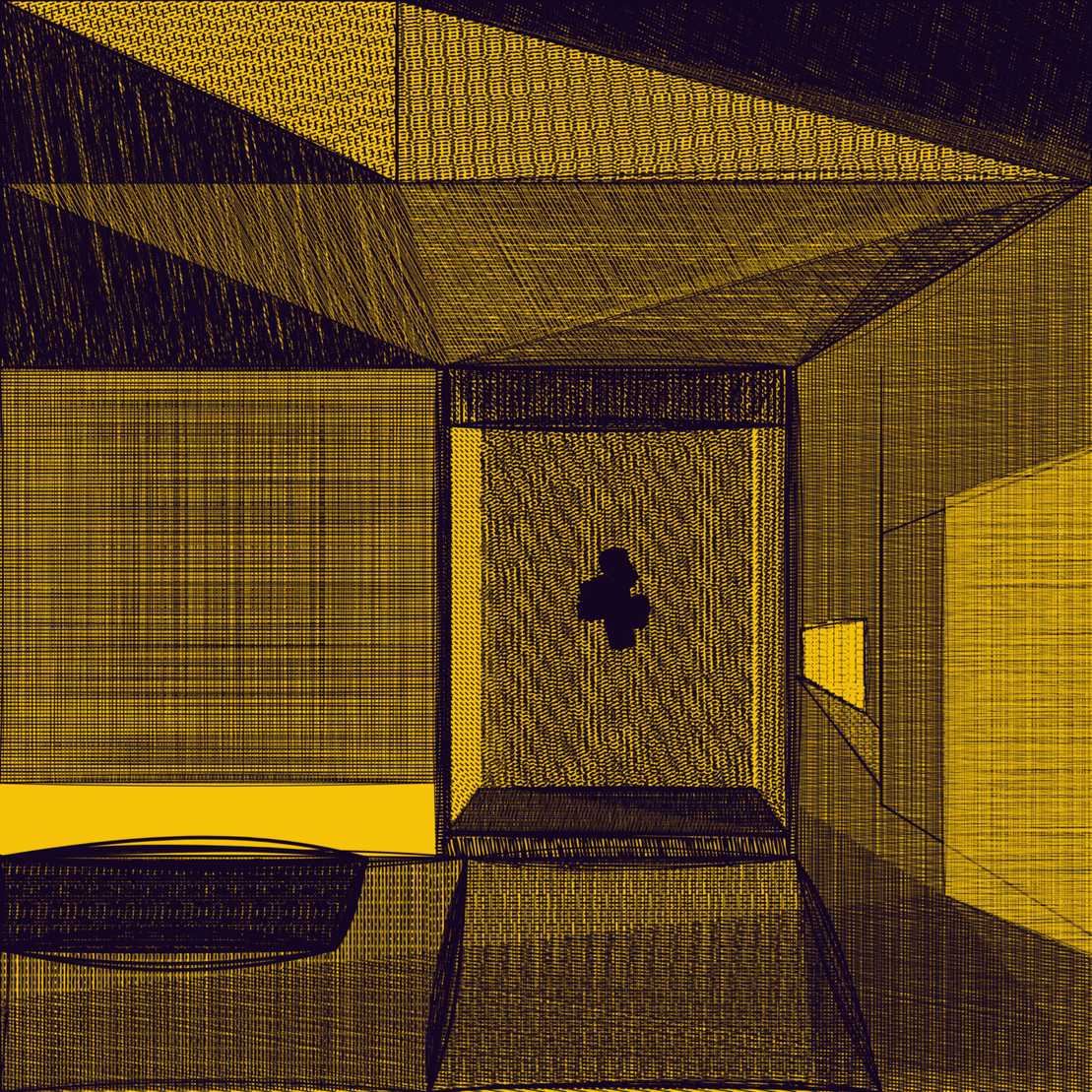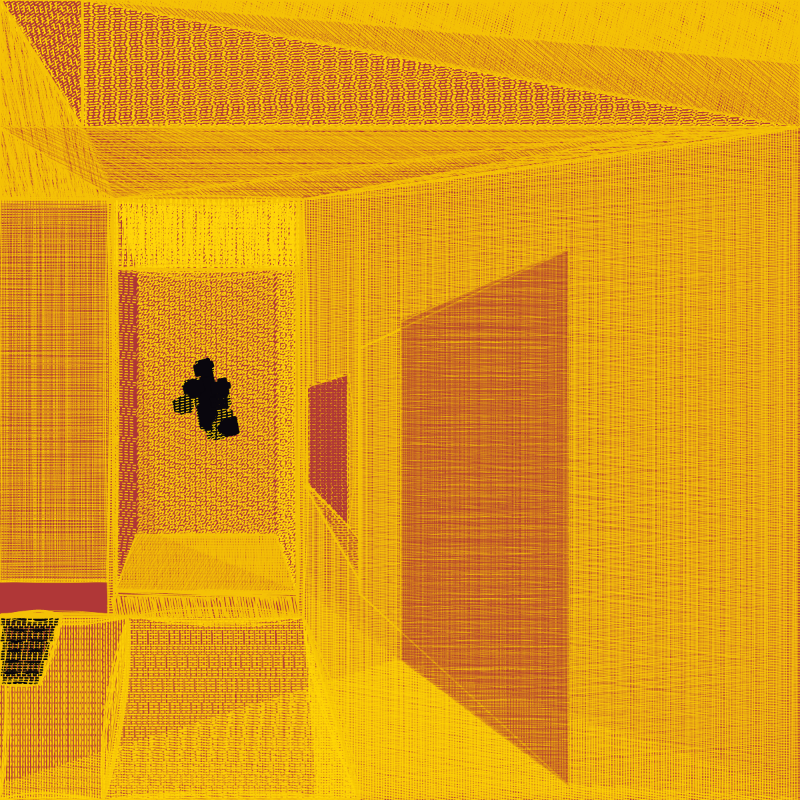
Tai-an Tea House
written by Jimi Wen
Tai-an was designed for Toyotomi Hideyoshi, an extravagant military leader in Japan at the time, by tea master Sen no Rikyu. To deliver a tea ceremony for this particular powerful general, Rikyu designed the smallest hut, Tai-an. It was the size of 2 tatami mats (3.6 m²). Rikyu’s aesthetic has undoubtedly had everlasting influence even to this modern day.
Handa’s paper titled, Sen no Rikyū and the Japanese Way of Tea: Ethics and Aesthetics of the Everyday [1], gives a good overview on Rikyu and his aesthetics in a modern framework, with curated figures and images to go with the paper. For modern embodiments, see the multi-disciplinary works by Hiroshi Sugimoto. In my opinion, Sugimoto’s body of work, is the best in depth and in execution and in context. In my 4th work on fx(hash), 4'33'”, I attempt to take the torch, which was not explicitly passed on to me, but nevertheless, I tried to explore a pretend lineage that extends toward generative art.
In this collection, I studied the architectural designs of Tai-an. And then translated imaginary tea ceremonies within Tai-an & within code. As I coded more precisely in the designs, it was at the cost of the accuracy I felt and connected with. I went back to my bookshelf, and found this book I bought, a book I’ve never read or could have read.
My Japanese is less than basic, I only know a limited vocabulary here and there, but the book is illustrated and has enough kanji, that I can get a basic gist of it. It may be the first time I was drawn to a different side of Rikyu. But since then, I have on and off look for discussions outside of Rikyu’s aesthetics and accomplishments, clues to understand Rikyu himself. I wanted to know what he might have been like as a person.
Though through art works, we get to know the artist, but works of art is only as much the art works as it is the artists themselves. It is in their everyday activities along with their artistic endeavors, we are then able to see the works of art in context, with context. In the paper by Bodgart, titled as: Tea and Counsel. The Political Role of Sen Rikyu [2], I was able to find a different account of Rikyu. There were many hypothesis in why Rikyu was sentenced to death by suicide by Hideyoshi discussed in the paper. The truth is usually mixed with different sides.
project name project name project name
What I came away with reading this, was, that art do not exist in a vacuum of its political and economical situations. Art is powerful in many ways. And that power is capital, whether artistic or political. And commerce is the trading of capital in various forms of currencies. Rikyu’s artistic talent and aesthetic achievements is not independent to his political achievements, but the currency in which they are traded, by counting largest volume of transaction which was ultimately in his aesthetics. The investigation of the cause and effect in the artistic and political standing with respect to his is a chicken and egg problem. So in asking:
How, much change, did Rikyu make?
vs
How much, change, did Rikyu make?
is really the same question. I conclude with a song, I found post-mint, that got me really giddy, and that sings about Rikyu better than what I could have written.
Post mint calligraphy and lyrics
利休自嗨拋筌斎,
得魚不忘茶湯緣;
濁骨不能超濁世,
凡心怎得出凡筌?
No matter how hard we try to throw the tea whisk away, it is still inside this bamboo basket we call the world. For the tea whisk is made from the same material as the basket. We wish only to make peace, with or without the whisk.
This poem and calligraphy was written as complementary readings in to my fxhash work
